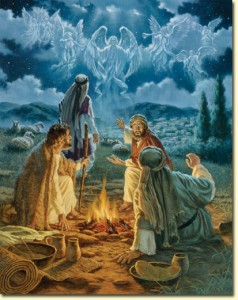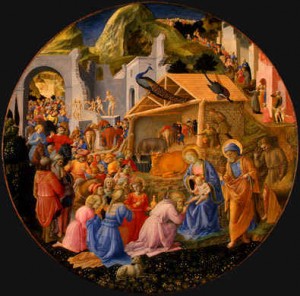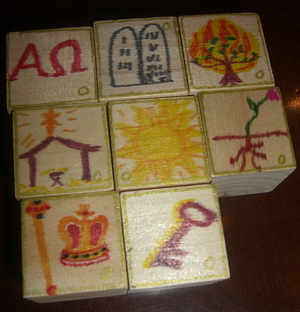I’ve had a lot of conversations about marriage over the last couple of months and in many of them, I am asked to defend what people call the outdated, antiquated teaching of the church. I am always looking for ways to show how in the two thousand plus years of experience the church has had with marriage it has learned some incontrovertible truths. I am always looking for help in making the connection between culture and faith. One of the gifts of truth is that it makes sense yesterday, today and tomorrow.
Help from the most unlikely places
Much to my surprise, help has come in the recently published book by Elizabeth Gilbert. Imagine this—you are an acclaimed author, you write a hugely successful book in which you conclude, among other things, that you will never marry again. However, than man with whom you fall in love with at the end of the book and with whom you imagined being together, forever without the benefit of marriage, needs to get married in order to be able to live happily ever after–legally– with you in the U.S. What’s a woman to do? If you are the author you write a book. Committed: A Skeptic Makes Peace with Marriage is the story of how it all works out happily ever after. But let’s go back to the beginning.
Elizabeth Gilbert’s book, Eat, Love Pray was an Oprah Book Club sensation. It hit a cord with millions of women as she explored with honesty and humor her difficult divorce, her awful rebound relationship, and her year-long journey of “spiritual seeking” through Italy, Indonesia and India. Why the tour through the three “I’s?” She chose Italy for pleasure, India for its spirituality and Indonesia as a place to explore the balance of the two. I believe a lot of the book’s appeal is that it speaks to so many people who have lived through the pain of a failed marriage and a divorce and it speaks to a common longing for a chance to escape it all in a grand way.
To Gilbert’s credit, when faced with the real question of marrying though having publicly stated her rejection of the institution, she chose to spend 10 months research and studying the history and meaning of marriage so as to be able to honestly enter into another marriage. Though I have not read Committed, I have been reading and watching a number of interviews with her and have gained some insight into her thinking.
Marriage Fundamentals
Let me state clearly that Gilbert does not espouse a Christian understanding of marriage. Why I find her insight helpful is that she realizes that certain fundamental concepts are critical to marriage and make the institution of marriage beneficial to couples and society. She asks many of the right questions and her answers provide the makings of a very interesting conversation.
Before she began work on her book she thought of marriage as a “repressive tool, suffocating and irrelevant.” In a recent interview(wsj.com), when ask about what she thinks of marriage now, she writes of marriage “as having a capacity to evolve and adapt(over thousands of years) in a way she finds miraculous and kind of inspiring.” Furthermore, she believes that we carry into modern marriage the expectations and social memory of thousands of years of history…” In Christian language we talk about the concept of marriage existing from the very beginning of God’s plan for creation. We talk about marriage as a private relationship with a public significance and indeed Gilbert writes “marriage is both a public and private concern, with real-world consequences.” She writes wisely of how easily people confuse marriage with weddings. Marriage requires a maturity that thinks about life beyond the wedding day. She writes however of how she has come to respect the public significance of marriage beginning with the importance of ritual and ceremony for people, families and societies. She believes that the vows publicly recognize that the status of the couple has changed and they are moving into a new phase in life. As Catholics we use the language of the grace of the sacrament and the commitment to be a sign of God’s love and fidelity to the world. We insist that marriages take place in a church building because the church building symbolizes the role the couple’s marriage will play in the life of the community.
Self-Giving
One area in which her interviews have engendered a lot of conversation is that she claims that marriage is not for the young! She suggests that one needs a certain maturity to endure the disappointments, and even contradictions, one discovers about marriage. It seems to me that it is not so much age as the ability of spouses to grow together that enable one to navigate the ups and downs of married life. More importantly, it is the model of Jesus’ self-giving love that teaches us the most about married love. While Gilbert, in no way embraces this nuance, she does admit that one thing she fears– and the one thing which every married person with whom she spoke talked about—is how critical the act of self-sacrifice is to marriage. Marriage, she finds provides the space needed to learn how to live this self-giving love.
It is interesting to see that in a time when popular culture seems to reject the teaching of the church on marriage, one critic of marriage, especially Christian marriage, appears to have re/discovered some of the church’s age-old wisdom. We can only hope that this discovery will eventually lead to a full understanding of sacramental marriage as the fullest expression of married love.








